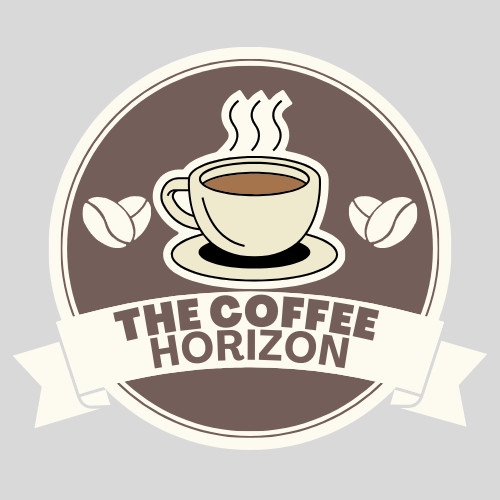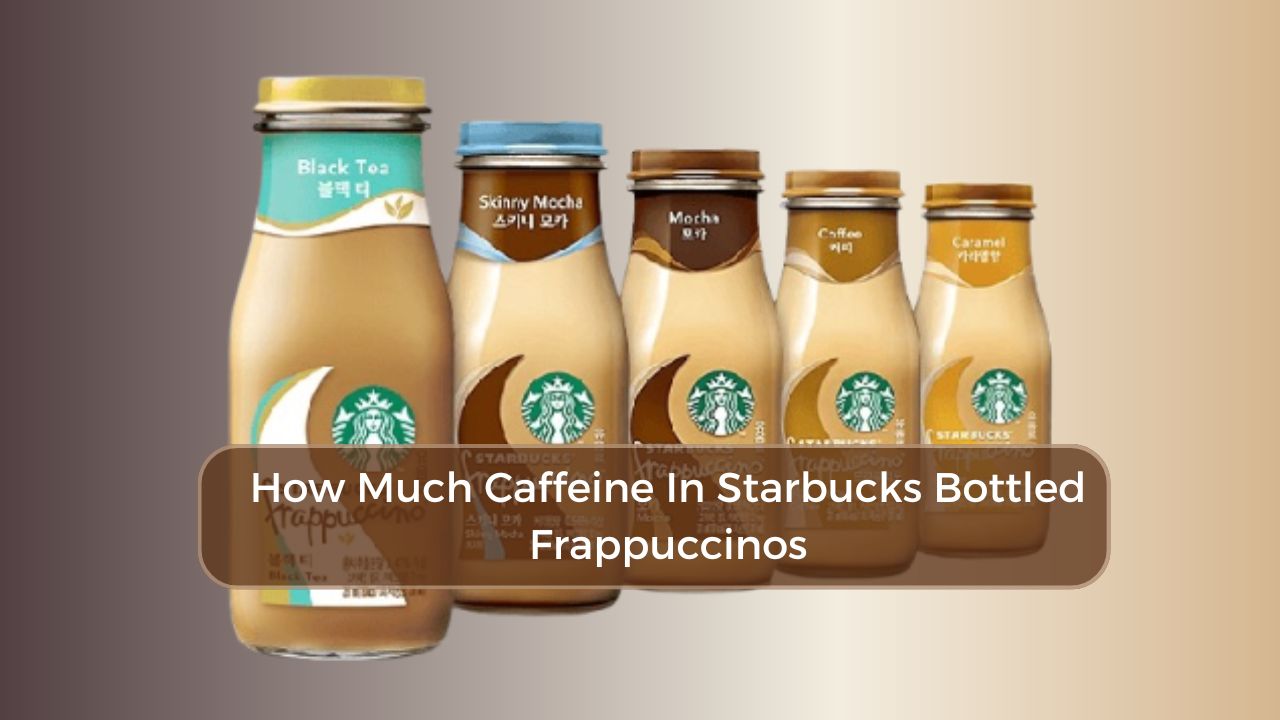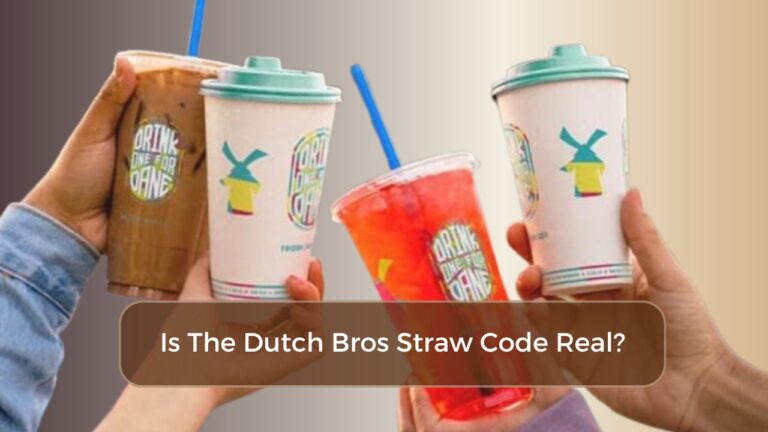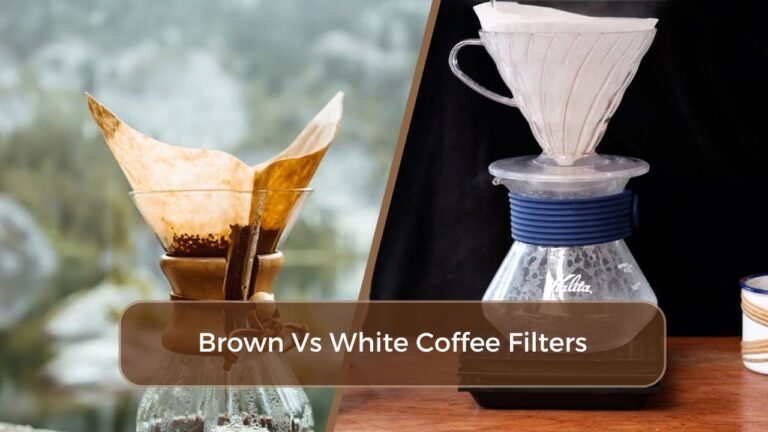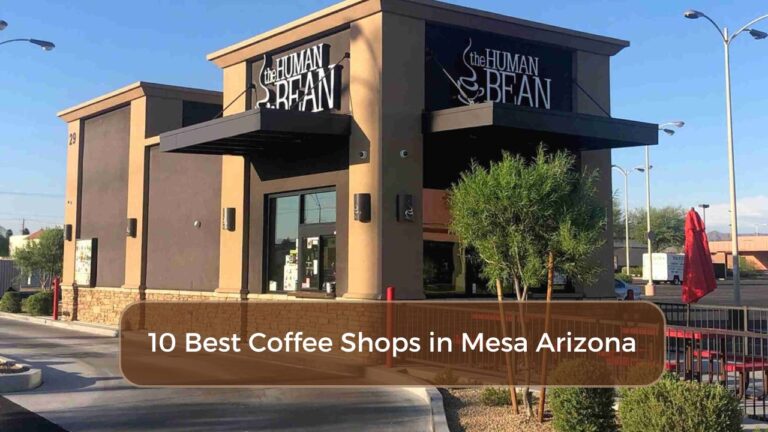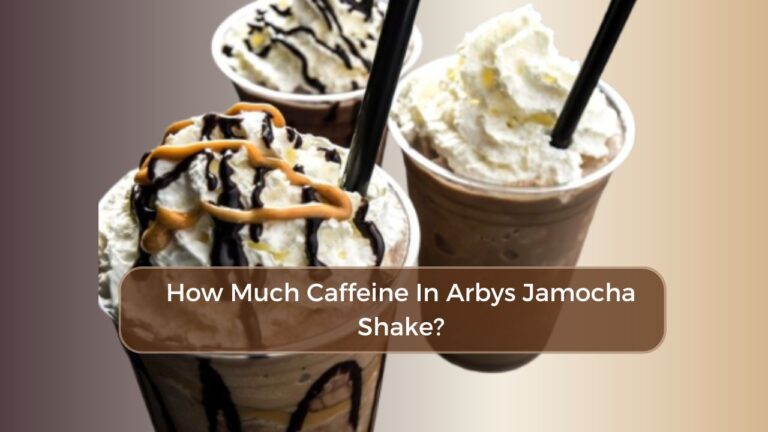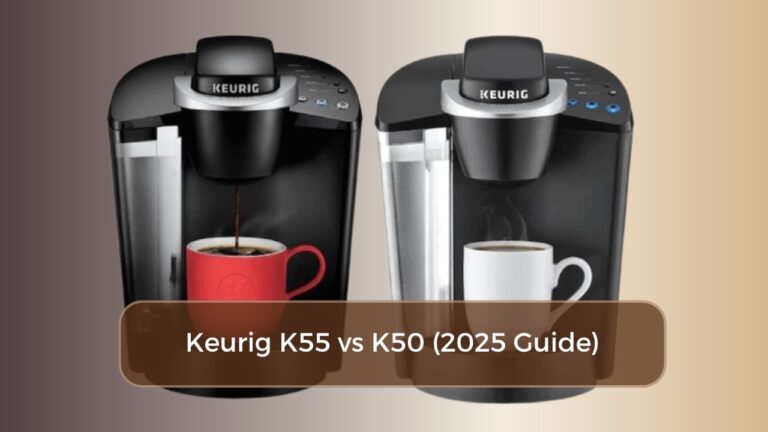How Much Caffeine In Starbucks Bottled Frappuccinos?2025 Breakdown
Enthusiasts seek clarity on how much is packed into their favorite beverages when it comes to the invigorating thrill of caffeine. The Starbucks Frappuccino bottle is a popular ready-to-drink coffee beverage, but many wonder, how much caffeine does Starbucks Frappuccino bottle have compared to freshly brewed coffee.
Each bottled flavor varies slightly in its caffeine level, you can expect around 100 milligrams per 13.7-ounce serving. This amount is equivalent to about one cup of brewed coffee, making it a practical choice for those looking to satisfy their mid-afternoon cravings without overindulging.
Think about how much caffeine in starbucks frappuccino bottle fits your lifestyle before reaching for it next time.
How Much Caffeine In Starbucks Bottled Frappuccinos?
A 9.5-ounce Frappuccino packs around 90 milligrams of caffeine, which is about the same as the average cup of coffee, which boasts about 95 milligrams. Caffeine content can fluctuate based on flavors and ingredients, meaning your favorite caramel drizzle could pack more or less of a punch than anticipated. This variability emphasizes the importance of consumers checking ingredient labels if they are monitoring their caffeine intake for health reasons.
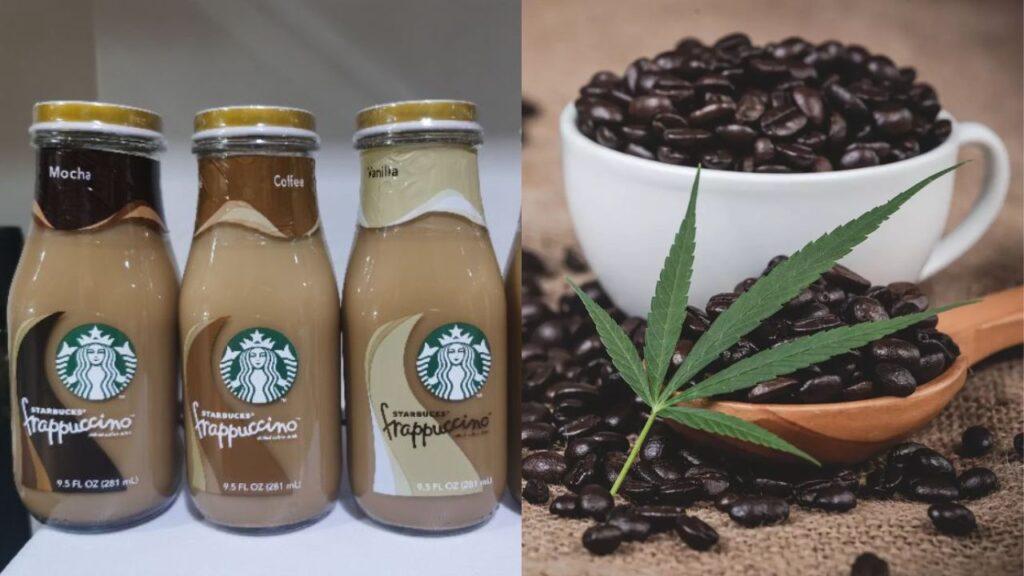
They come with significant sugar content while these frosty drinks are a delightful indulgence that can pose challenges for individuals with specific dietary constraints. This sweetness can lead to sharp spikes in blood sugar levels for those managing diabetes or adhering to a low-sugar regimen, an outcome you will want to avoid.
How To Make Delicious Coffee?
Many coffee lovers check the caffeine amount in starbucks frappuccino to see how it compares to other caffeinated drinks. Here is a delicious recipe for making rich and creamy coffee that will tantalize your taste buds.
Ingredients:
- 75 mg Vanilla
- 50 mg Vanilla Lite
- 110 mg Mocha
- 75 mg Mocha Lite
- 90 mg Caramel
- 130 mg Coffee
- 105 mg Almond Milk Vanilla
- 95 mg Toasted White Chocolate, Salted Dark Chocolate, & Caramelized Vanilla Honey
Instructions:
- In a mixing bowl, combine vanilla, vanilla lite, mocha, and mocha lite. Stir well.
- Add caramel and coffee to the mixture, blending until smooth.
- Slowly incorporate almond milk and vanilla until fully combined.
- Drizzle in toasted white chocolate, salted dark chocolate, and caramelized vanilla honey, mix to integrate flavors.
- Serve chilled or warm, as desired. Enjoy!
Are Bottled Starbucks Frappuccinos Gluten Free?
Directing allergen warnings at cafes like Starbucks can feel like an intricate dance, particularly for those with dietary restrictions. The beverage nutrient labels provide essential information, but they also highlight a critical caveat: shared equipment may lead to cross-contamination.
This reality underscores the importance of communication both with staff and among patrons to ensure that choices are informed, allowing customers to enjoy their favorite drinks without unwanted surprises.
Maltodextrin emerges as a point of contention in discussions surrounding gluten intolerance. U.S. regulations label maltodextrin as gluten-free due to the extensive processing it undergoes, rendering it safe for individuals with celiac disease. This raises an intriguing question about consumer perception, many might concern themselves more with ingredient origins than regulatory definitions.
Are Bottled Starbucks Frappuccinos Vegan?
It has made significant strides in catering to vegan consumers, a shift influenced by the advocacy of organizations like PETA and unexpected champions like Oprah Winfrey.
It is making it easier for everyone with the introduction of vegan free bottled frappuccinos available in delightful vanilla and mocha flavors, including those with dietary restrictions, to indulge in their favorite coffee treats on the go.
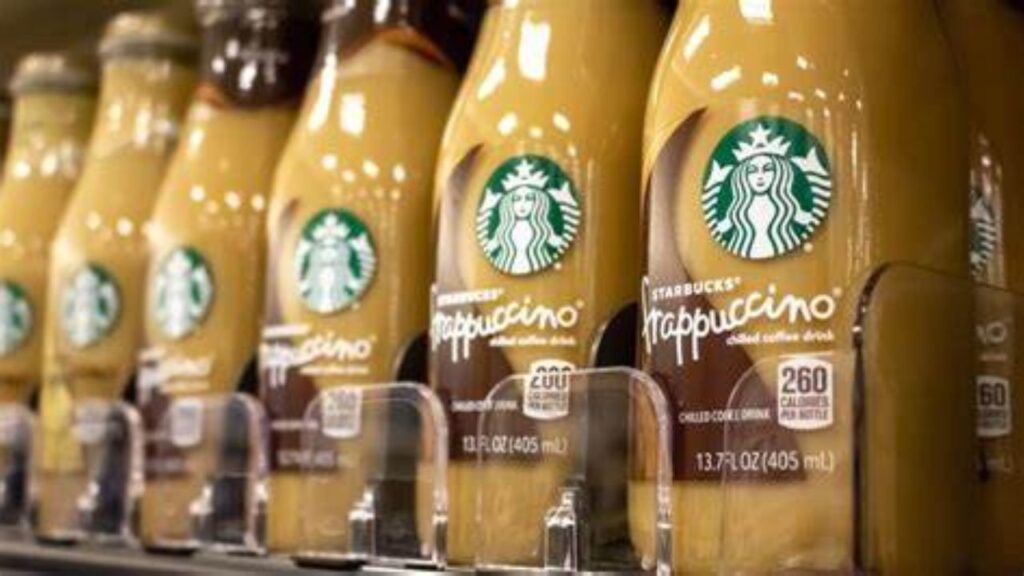
This move not only positions it as a more inclusive brand but reflects a growing awareness of consumer demand for plant-based options that are convenient and delicious.
This expansion into dairy-free products aligns perfectly with the company’s broader commitment to offering diverse menu choices. Their vegan mac-and-cheese and oatmeal demonstrate that they are serious about providing a variety of delicious meals and snacks.
Can I Drink More Than One Starbucks Frappuccino in a Row?
It is essential to consider the long-term impact on your body while indulging in multiple Starbucks Frappuccinos might sound like a fun treat. Each Frappuccino packs roughly 180 milligrams of caffeine and around 31 grams of sugar, a significant jolt for both your energy levels and blood sugar.
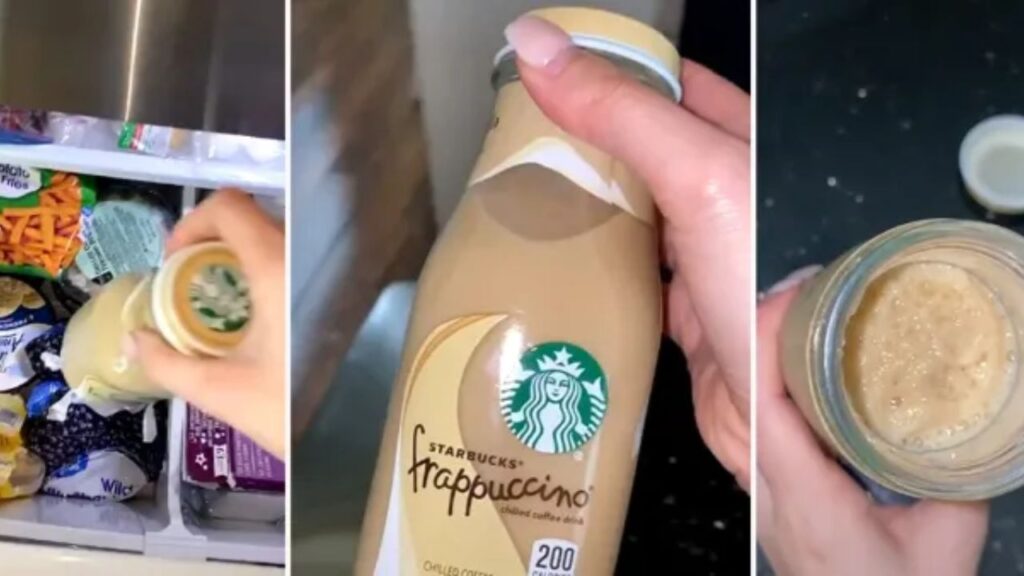
You can experience both an exhilarating high and an exhausting crash after drinking these delightful beverages back-to-back. If you are someone who keeps an eye on your health, be it managing hypertension or diabetes, it is crucial to be aware that that sugary fix could spike your blood sugar levels dangerously high.
Two Frappuccinos are equal to nearly two Snickers bars.
Top 3 Reasons To Lower Your Sugar Consumption
The lack of satiety associated with sugar consumption often leads to a cycle of overindulgence, leaving us in a paradox where we continuously crave more, despite having consumed considerable amounts.
This phenomenon arises because fructose bypasses the body’s typical hunger signals; it does not stimulate insulin secretion nor does it enhance leptin levels, the hormones that tell our brain we are full.
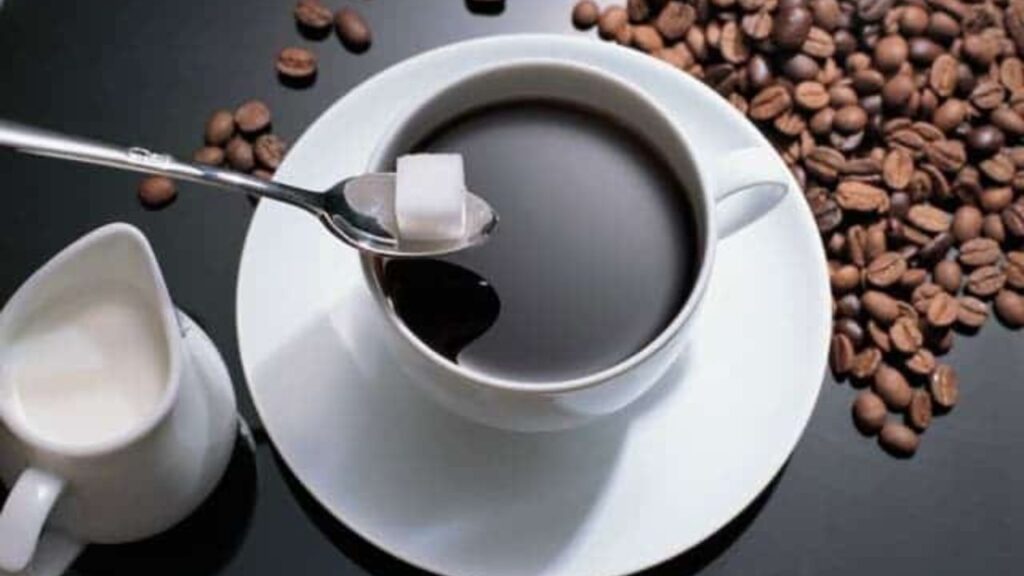
High-fructose intake can desensitize our body’s natural hunger cues, making it all too easy to overlook vital nutrients found in whole foods. The prevalence of refined sugars in our diets poses significant risks beyond weight gain. These sugars can disrupt gut health by feeding harmful bacteria and contributing to inflammation.
Research suggests that excessive sugar intake may compromise immune function and accelerate aging processes at a cellular level.
You May Build a Stronger Immune System
Your immune system is not a collection of cells; it is a dynamic network that thrives on balance and nourishment. Your body’s defenses are influenced by what you consume daily beyond the well-known role of white blood cells. Vitamin C serves as a crucial ally in bolstering these immune warriors.
This potent antioxidant not only enhances the functionality of white blood cells but also contributes to the skin’s defense, a first line of protection against pathogens. Incorporating foods rich in this vital vitamin, such as citrus fruits and bell peppers, can give your immune system the reinforcements it needs.
An overlooked enemy lurks in our kitchens: sugar.
It Can Be Very Addictive
The relationship between sugar and the brain resembles a complex dance, where every sweet bite can lead not to immediate pleasure but also insatiable cravings. Our brains respond by flooding the system when we consume refined sugar with serotonin and dopamine, neurotransmitters that create feelings of happiness and reward.
This biological response encourages us to seek out more sugary treats, perpetuating a cycle that can become difficult to break. It is akin to training our brains to crave these quick hits of joy, overshadowing our natural ability to find fulfillment in healthier choices.
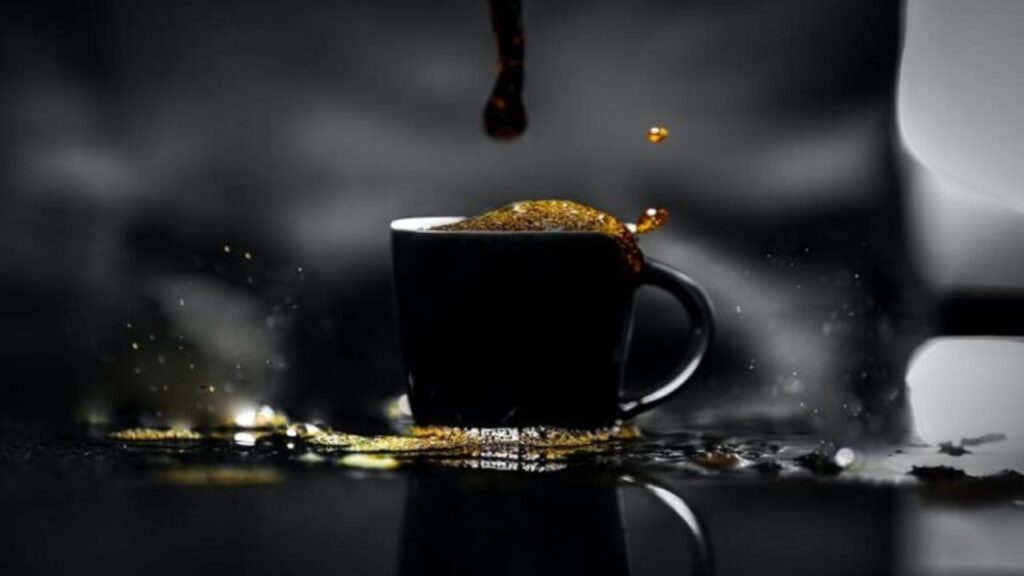
It Will Support Weight Loss Goals
Reducing refined sugar intake not only supports weight loss but also enhances metabolic efficiency. Your body begins to rely more on stored fat for energy when you cut back on sugar, shifting away from the quick energy spikes that come from sugary foods.
This shift can help create a sustainable and steady energy level throughout the day, allowing for improved focus and productivity while steering clear of post-sugar crash fatigue.
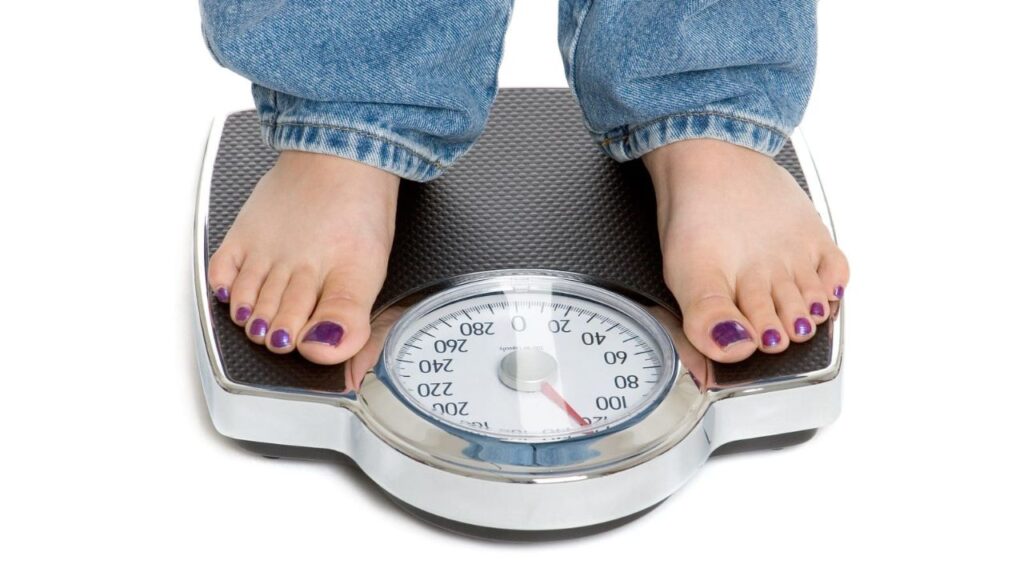
Lowering your sugar consumption can have other surprising benefits beyond weight management. It leads to improvements in cardiovascular health, research suggests that lower sugar diets can significantly lower blood pressure and improve cholesterol levels.
These changes contribute to a healthier heart and reduced risk of chronic diseases, an empowering that underscores how small dietary shifts can yield profound benefits for health and longevity.
Conclusion
Starbucks Frappuccino caffeine bottle surprises consumers with how varied these beverages can be. It is important to note that the caffeine levels differ based on flavor and size while many may grab one of these bottled delights thinking they’re getting an instant energy boost.
High sugar levels can mask the taste of caffeine but also lead to a quick crash later on. Knowing precisely “how much caffeine in Starbucks bottled frappuccinos” with increasingly busy lifestyles empowers you to make informed choices while still enjoying your favorite flavors.
FAQs
What Are Winter Coffee Recipes?
Winter coffee recipes can turn your daily cup into a cozy treat. If you want something richer, try a peppermint mocha with homemade chocolate sauce and crushed peppermint candies. This indulgent drink captures the festive spirit of winter, balancing rich chocolate with refreshing mint.
How Much Caffeine Is In Starbucks Frappuccino Bottle?
The caffeine in Starbucks Frappuccino is approximately 95 milligrams of caffeine per 13.7 fl oz bottle. This is the Starbucks Frappuccino bottle caffeine, and the caffeine content may vary slightly depending on the flavor.
How Much Caffeine Is In A Starbucks Frappuccino Bottle?
A 13.7 fl oz bottle of Starbucks Mocha Frappuccino contains approximately 90 milligrams of caffeine. The caffeine amount may vary slightly depending on the specific product. This is the caffeine content found in the Mocha Frappuccino bottle. Enjoy it as a refreshing coffee drink with moderate caffeine levels.
How Much Caffeine in Starbucks Frappuccino Chilled Coffee Drink?
It contains around 90 mg of caffeine per 13.7 fl oz (405 mL) bottle. The exact caffeine content may vary depending on the flavor. It provides a moderate caffeine boost, making it a convenient on-the-go coffee option.
